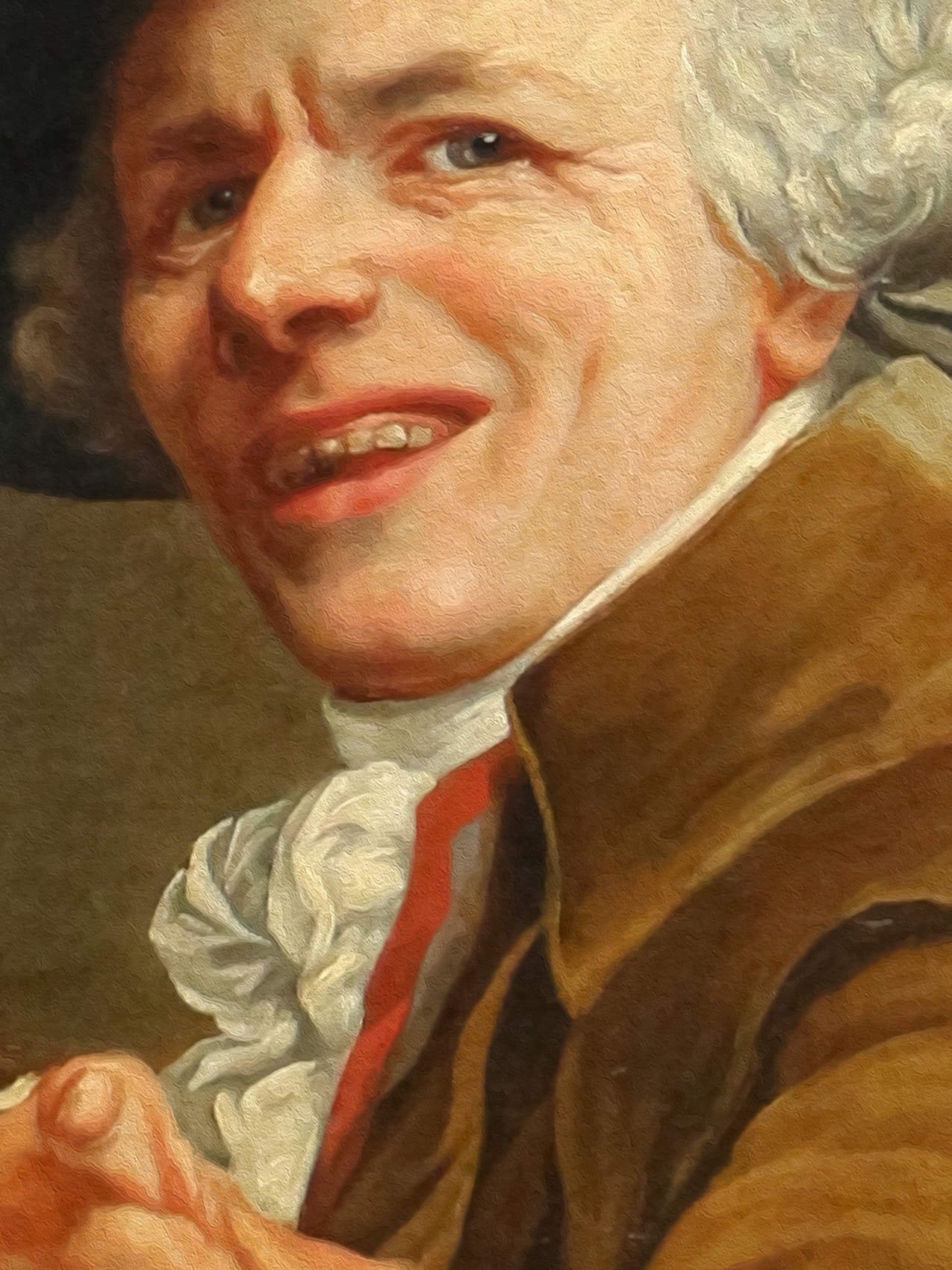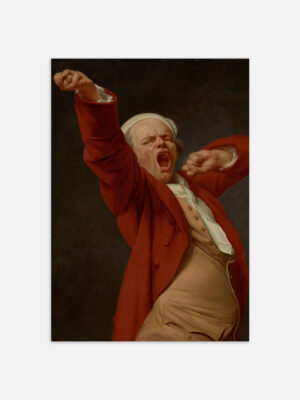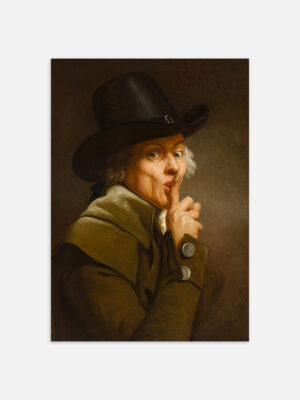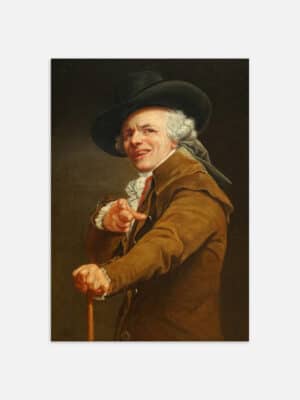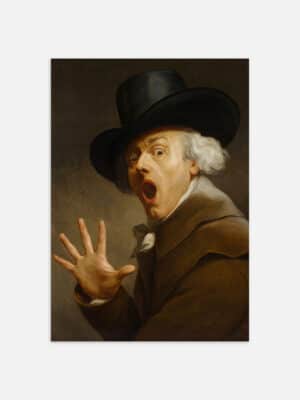Step into the world of Joseph Ducreux, a painter born in France back in 1735, who was way ahead of his time. This guy wasn’t just an artist; he was the OG creator of memes, and his story is seriously intriguing.
Joseph Ducreux didn’t just create art; he ignited a creative revolution during the twilight years of the Ancien Régime. In fact, he’s the guy who sketched Louis XVI’s final portrait before the guillotine took centre stage.
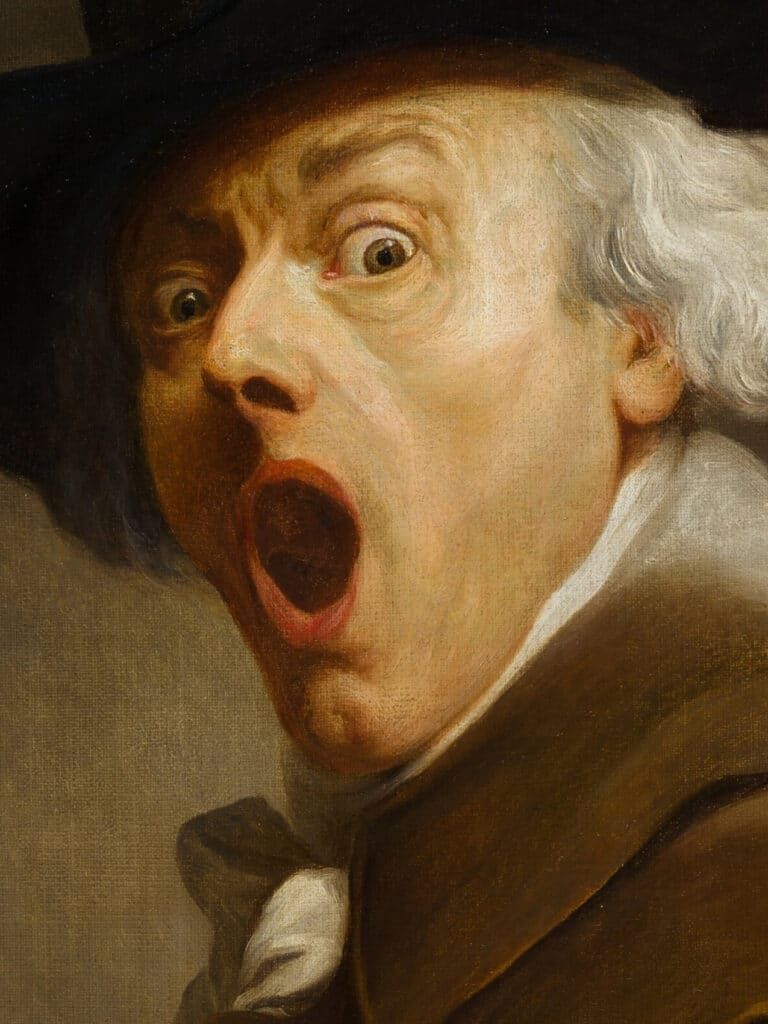
In the late 1780s or early 1790s, Ducreux packed his bags and joined a wave of aristocrats heading for London. He later returned to Paris in 1793, and for the next decade, he kept his artistic flame alive with the support of his friend Jacques-Louis David. Notably, he transformed his abode into a hub for artists and musicians.
Ducreux’s forte was portraits, with subjects including the likes of Choderlos de Laclos, the mastermind behind “Dangerous Liaisons,” and Maria Theresa of Austria. However, his enduring legacy lies in his avant-garde self-portraits.
These self-portraits broke all the norms of their time. Picture Ducreux in “surprise in terror,” defensively raising his hand with a gaping mouth, or in “the silence,” finger to pursed lips (possibly powdered by his wig). Then there’s the yawning pose, complete with a white nightcap, and the finger-pointing grin. The latter, titled as mocking, surprisingly appears more like a friendly encounter with the viewer today, akin to spotting an old friend or a politician’s charm offensive.
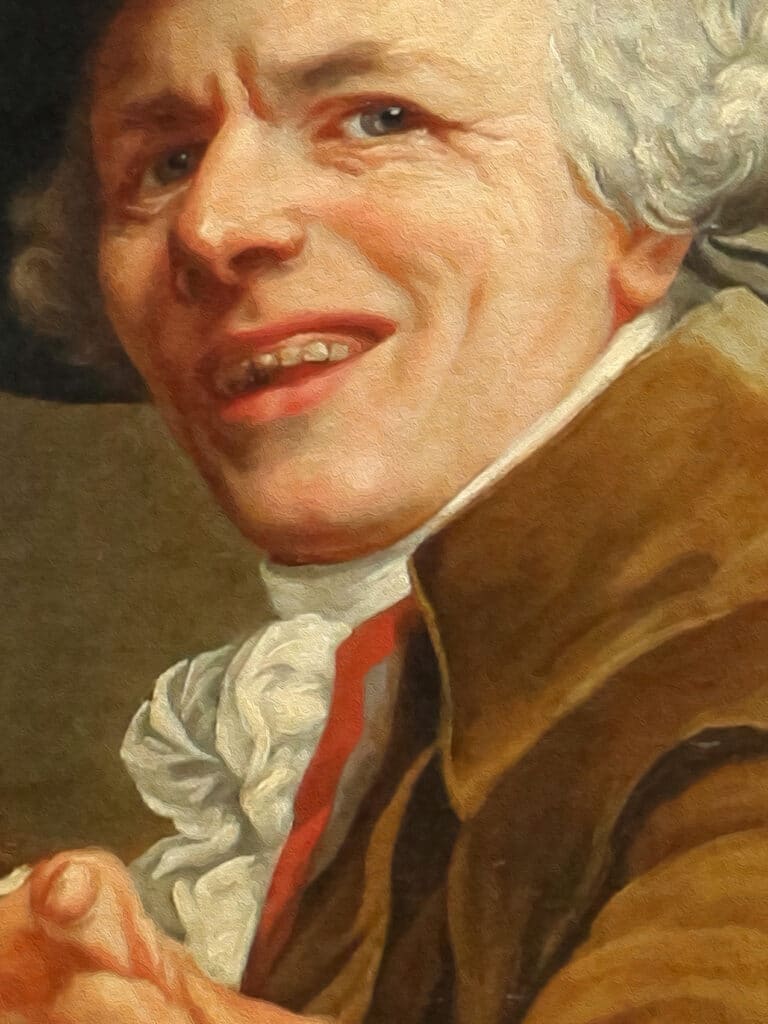
Ducreux’s self-portraits were revolutionary in their disregard for classical portraiture conventions. They delved deep into physiognomy and the expressive capabilities of the human face and body. These unorthodox works garnered mixed reviews in his time but found an unexpected resurgence in the age of social media and memes.
Since 2009, “Self-portrait of the Artist in the Guise of a Mocker” has captivated meme enthusiasts. Its anachronistic nature, featuring a strikingly modern expression from centuries ago, has become the canvas for witty captions. Memes have breathed new life into Ducreux’s work, even inspiring “archaic rap” translations. In 2011, Steve Buscemi’s visage joined the fun, with his altered figure playfully channeling lines from his movies, like “The Big Lebowski.”
So, meet Joseph Ducreux, the 18th-century art rebel who painted his way into the meme culture of today. If you’re captivated by his style, explore our collection and bring a piece of his iconic artwork into your world. It’s like a journey back in time with a contemporary twist, keeping the meme spirit alive!
